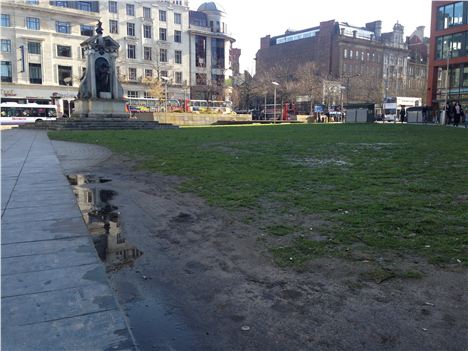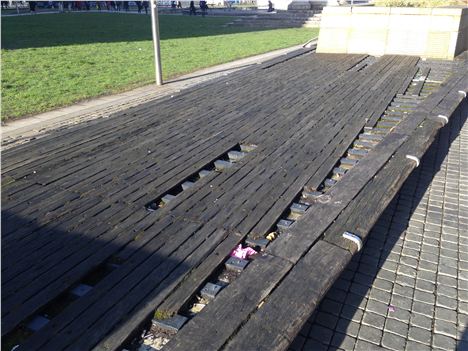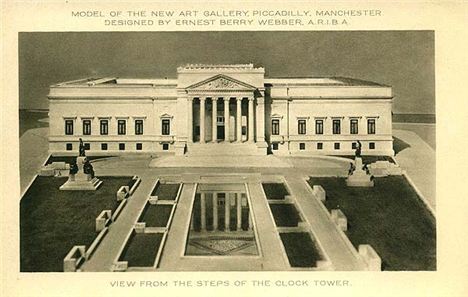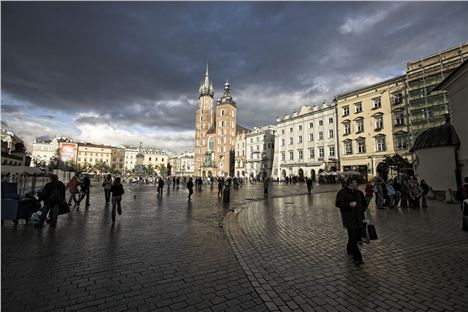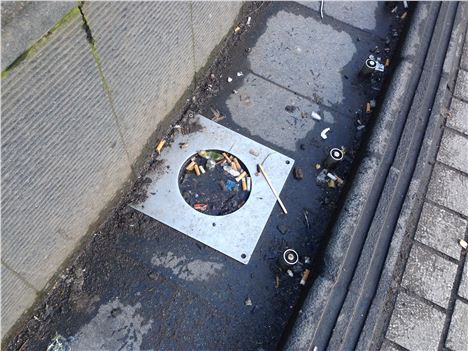LATE to the party come the MEN.
At some time in the not too distant future a taskforce applying sticking plasters will not be enough.
For seven years now in countless articles and through countless interviews we've questioned the success of Piccadilly Gardens following their 'refurbishment' for the Commonwealth Games.
The present disgraceful state of Piccadilly Gardens came to a head when Sir Howard Bernstein stated the Gardens were a "success" in an interview with Jill Burdett in March - click here.
At that point the 'lawns' in the 'gardens' were a bog or bereft of grass, the benches had become rotten and were dangerous to sit on, the statue bases were dirty or graffitied and that infamous 'Wall' was stained by carbon monoxide fumes.
Bog land
Derision descended on Sir Howard from our readers who aren't shy in coming forward. That seems to have piqued the interest of our Chadderton colleagues in the Old Press - although being old school journos they'll never credit us with being at the vanguard of calling for changes at Piccadilly Gardens.
Instead looking up from their extensive coverage of crime and Corrie they noticed that the MEN's digital and physical postbags were bulging with complaints from their readers. Finally they reacted with a poll and a number of stories. The radio stations got in on the act too.
Dangerous benches
Attacked on all sides the council has, at last, decided to act.
Councillor Pat Karney, city centre spokesperson, told Confidential: "We're setting up a taskforce, chaired by me, to see how we can improve the area. All comments are welcome and all suggestions. And we hope to have things moving in the next couple of months.
"We've already got repairs to the benches underway and the grassed areas have been re-seeded. We now want to look at the 'Wall'."
"Why not demolish it and start again?" I asked.
"Unfortunately we've leased it out for 250 years to the owners of One Piccadilly and that's been bought by another developer. It would cost too much to buy the Wall back so we're thinking of creative ideas to make it better."
Further investigation is perhaps needed into the legals of how the council could lease the wall and its attendant eateries out for 250 years on land left for public use by the Mosley family. The Wall is currently owned by Europa Holdings.
The stained and much derided 'Wall'
Karney wants to start with a 'many walls' idea. This means a series of temporary installations and interventions on the drab structure with artworks, light projections, planting schemes and so on. There could be separate initiatives for separate sections of the Wall. Maybe even an art market on the big blank bus station side.
As for the rest of Piccadilly Gardens it seems the task force will have little money to implement any real change.
This is sad. The whole place needs a re-think.
Piccadilly, tramlines and lawns
Type 'Great European Squares' into Google Images and none are made up of grassed areas with ugly plant holders five feet above the ground, perfect for dumping litter. They may have the odd tree, they almost certainly have a fountain and statues, but they are categorically not green spaces.
Now put 'Great European City Gardens' into Google Images and not a single image comes up of a square.
Piccadilly Gardens is an oxymoron, a misnomer, a mangled mishmash of a historical error compounded and continued by a sentimental attachment to an unintended hundred year old mistake.
Harold Brighouse writing in his famous novel Hobson's Choice in 1917 called the 'gardens' placed there after the infirmary buildings on the site were demolished 'an eyesore, a byword'. He described it as an area waiting for real ideas to take over.
There have been magnificent schemes such as the proposal we revealed in this article for a new art gallery and extended public area but nothing happened - see picture below.
The art gallery that never happened
The result is that older people now look back on the stop-gap sunken gardens with affection, even though they were never intended to be permanent.
As Karney says, "It's become Memory Square. People have an emotional attachment to it being a gardens and people always bring up the fact of their being so few green spaces in the city. If we redevelop the Gardens then we have to listen to the people in our wards who voted the council in and respect their views."
There might be some hollow laughs about that last sentence.
Piccadilly and the sunken gardens in the 1960s
 Pat Karney as scarecrowConfidential thinks the council should sell Mancunians a new vision and point out to them how much money would be saved in not having to repair the lawns and the gardens every year.
Pat Karney as scarecrowConfidential thinks the council should sell Mancunians a new vision and point out to them how much money would be saved in not having to repair the lawns and the gardens every year.
Money is being wasted on the lawns again - right now. Here is Cllr Pat Karney playing the scarecrow for us and attempting to chase off the pigeons eating the seed on one re-seeded lawn.
Isn't it time for city leaders, public and private, to change direction? Make a real city square, hard surface the space?
In any case, if the plans around the Cathedral and the National Football Museum are realised then that area will provide a bigger, brighter, better green space than Piccadilly Gardens can.
Cracow - Main Square
Confidential still stands by the words we wrote in 2008.
'Manchester is confusing squares with parks and coming up with a compromise that pleases no-one. Given the nature and location of Piccadilly Gardens we should forget they were gardens (they've been rubbish as that for two decades) and re-design the space with hard paving throughout, plus lots of really good seating. Piccadilly is too small an area for an adequate green space, it can never be a city centre park, but it is big enough to be our Piazza del Campo in Siena or Main Square in Cracow. Let's go down that road rather than up the garden path.'
A better route for Piccadilly Gardens would not be cosmetic changes with the 'Wall' but a wholesale re-working of the area with a name change to signify that re-invention.
While respecting the memories of the older generations, cities have to move forward. At some time in the not too distant future a taskforce applying sticking plasters to the largest public area in the city centre will not be enough.
You can follow Jonathan Schofield on Twitter here @JonathSchofield or connect via Google+
Dirty fountain









